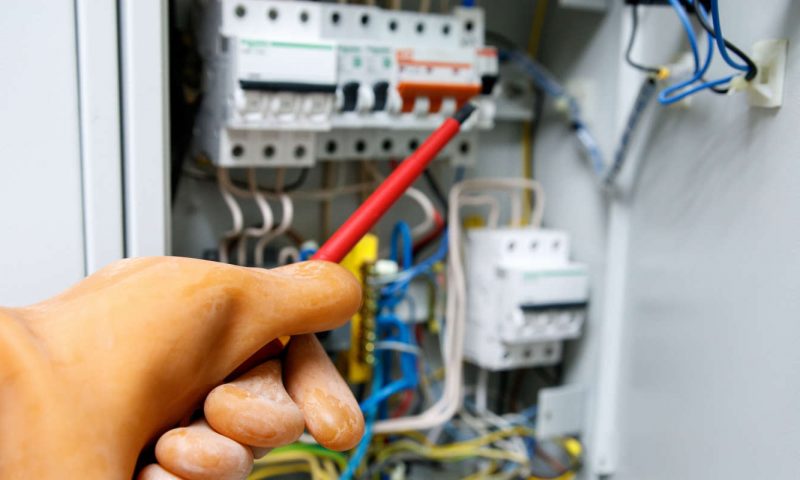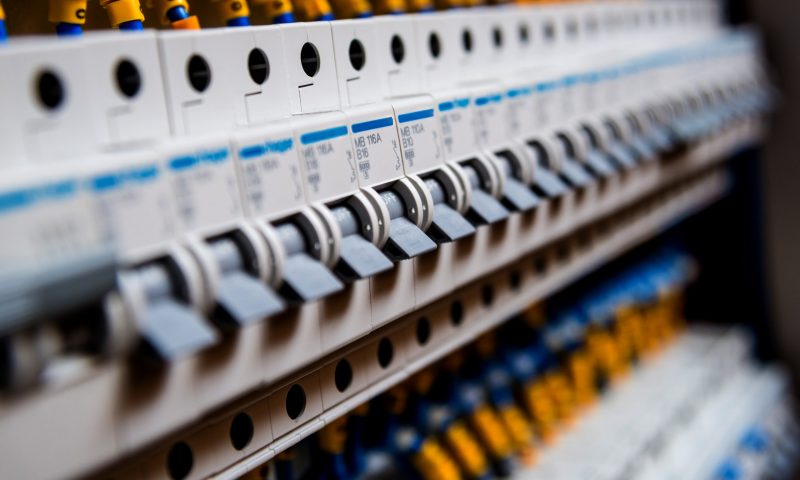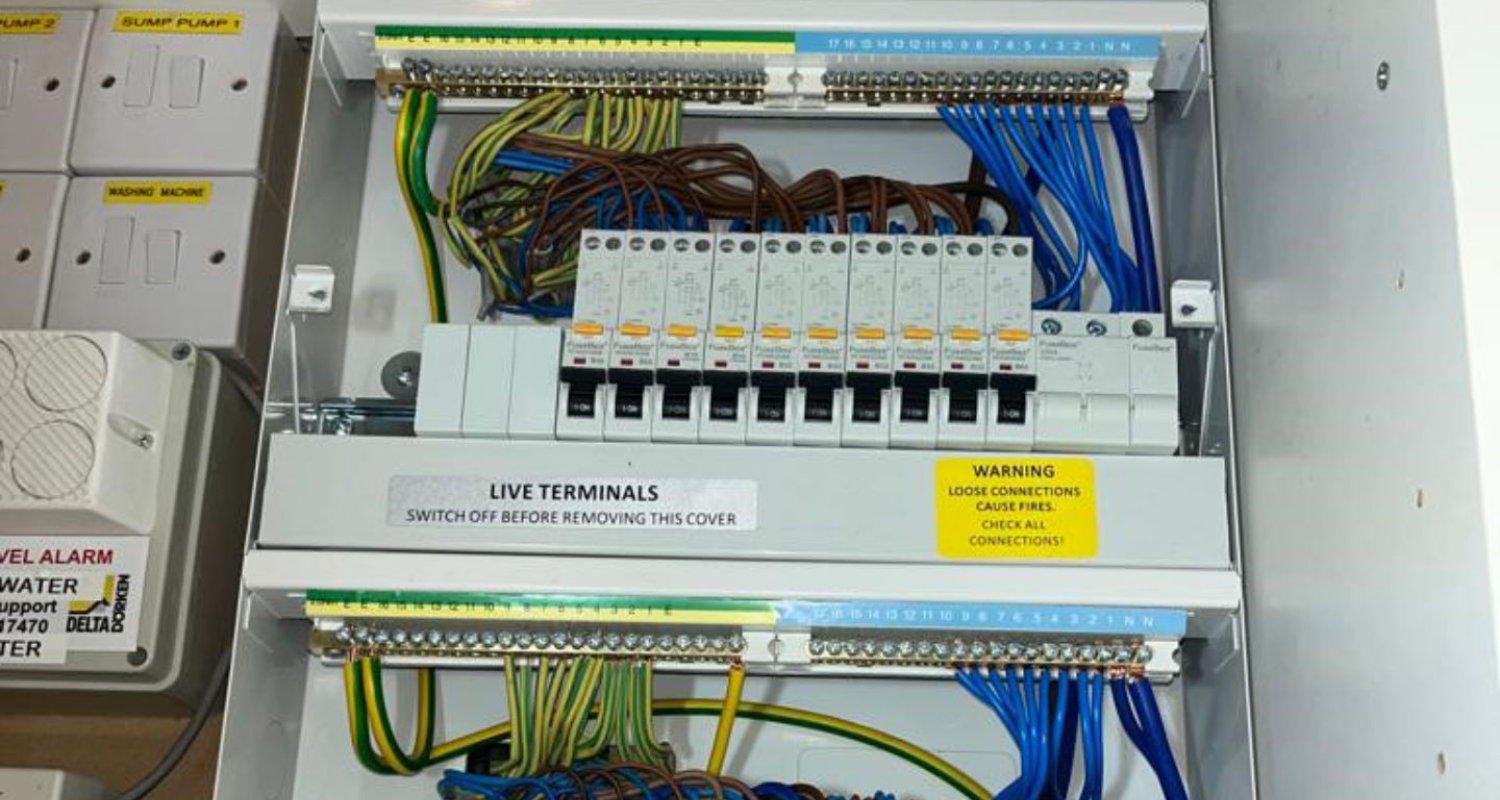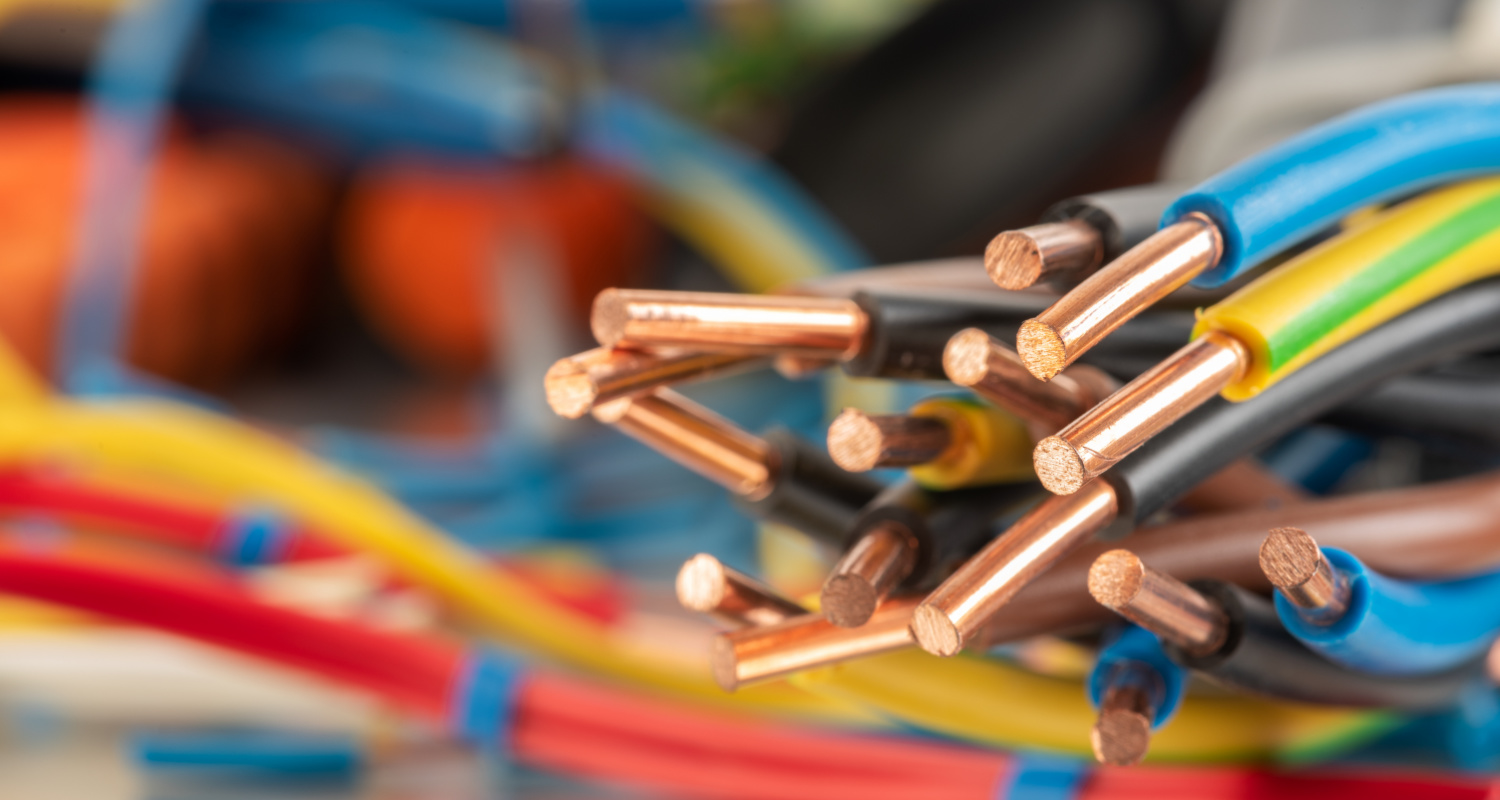Following many changes of consumer units over the years we thought it would be worth writing a blog on the topic to provide prospective clients with more information. There are many reasons why you might need a new consumer unit such as having an old, outdated unit, a unit which is not up to the latest standards or even a unit that doesn’t provide the requisite amount of circuits or provision of protection. We explore these topics in this blog and the way forwards for new installs.
Reasons to install a new consumer unit
One of the main reasons for installation of a new fuse board is that it doesn’t meet the latest standards. Many old consumer units such as the old black domino boards were fitted without Residual Current Devices (RCDs) which protect from electric shock when there is a fault on a circuit. In addition, the latest standard boards are made of metal rather than plastic so that they don’t melt and or catch fire if they overheat. Consumer units need to be replaced if they have no RCD and could be used for appliances in a special location like the garden such as for lawnmowers. Generally speaking, this means that if the consumer unit does not have an RCD and is in a Garden, ground floor or 1st floor property then it probably needs to be replaced as an electrical appliance can be plugged in through a window or door and used outside. So, if you have a 2nd floor flat or above then you don’t necessarily need an RCD under the latest standards, but they are desirable.
In addition, it’s now recommended that a Surge Protection Device is fitted on the consumer unit if you have any equipment in the house that may be damaged by a power surge.
Other reasons for needing a new consumer unit may be melting or fire damage due to overheated parts, too many conductors used in not enough ways on the board, needing to add additional circuits in the house but not having enough room on the board to add these or parts missing from the board for example the protective flap on the front of the board over the switches. In addition, if you do need to add sockets or do any socket work in your property then the latest standards require that the board has RCD protection on it so that’s another reason for needing to change your fuse box.




Things to consider
So, you have decided you need a new fuse board. The next thing to consider is the size of the board. Do you need more circuits for things like an EV charger, thermal store, or solar panels? If so, you may need a larger fuse board with more switches or ways as they are known. We always fit boards with an additional 10-20% of new ways to allow for future expansion.
Next, it’s important to have an EICR done prior to the new board change. There’s a very good reason for this. If you don’t have an EICR done, you don’t know about faults that are otherwise hidden on your circuits. We as 18th Edition engineers are obliged to sign off that all circuits on a board we have installed are in good order. If we start installing a board and find a fault it not only endangers the work being completed on the day of the install (as we have to find the fault and fix it), it also costs the customer more in unexpected fault finding fees. For this reason, we insist that an EICR is carried out prior to the board install.
The type of new board is worth considering also. Current standards suggest that a board with miniature circuit breakers (MCBs) and RCDs is good enough. These give protection from electric shock. However, the very latest boards have RCBOs. An RCBO is a combination of an RCD and an MCB. We recommend that RCBO boards are used now, as if there is a fault on one circuit only the one RCBO switches off leaving all other circuits able to be used. These boards are a little more expensive but many also think that the electrical standards will eventually move towards them anyway, so it is worth future proofing by installing this type of board.






Installation
Once you have decided on the board then it is time for installation by a suitably qualified electrician. This type of job usually takes most of the day so the electrician normally would start early, and the electricity is usually off for the day. Sometimes the conductors will need extending depending upon the situation of the board. Sometimes they won’t need extending. The time to install is clearly more depending on the number of switches and while a small board with 4 or 5 switches may only take a half day some of the larger boards with upwards for 30 ways can take more than the full 8 hours.
For this reason, installation costs for boards range from an average of around £680.00+VAT up to £1000.00+VAT depending on the number of switches and the complexity of the installation.
Finally, once the board is in the engineer completes the paperwork for the board by issuing an EIC describing the installation and the work done. This is accompanied by a Part P notification advising local Building Control that the work of replacing the consumer unit has occurred. Both documents are normally forwarded onto the client once the work is completed.
So, in summary, there is quite a lot to consider when you change your consumer unit or fuse board and you should have a good chat with your electrician to go through all this prior to carrying out the work.




